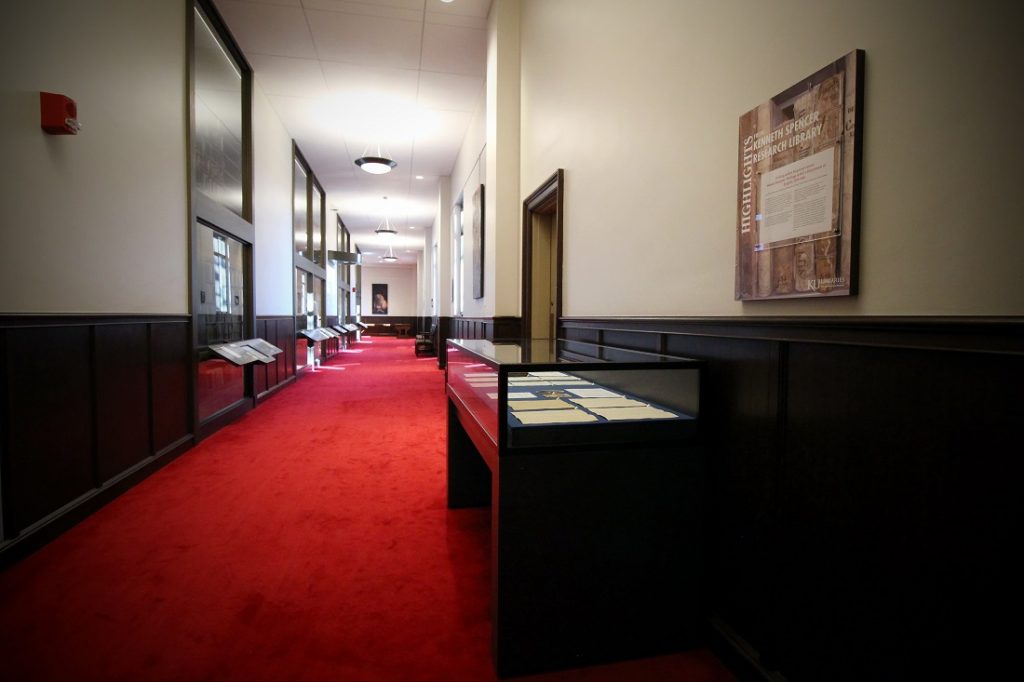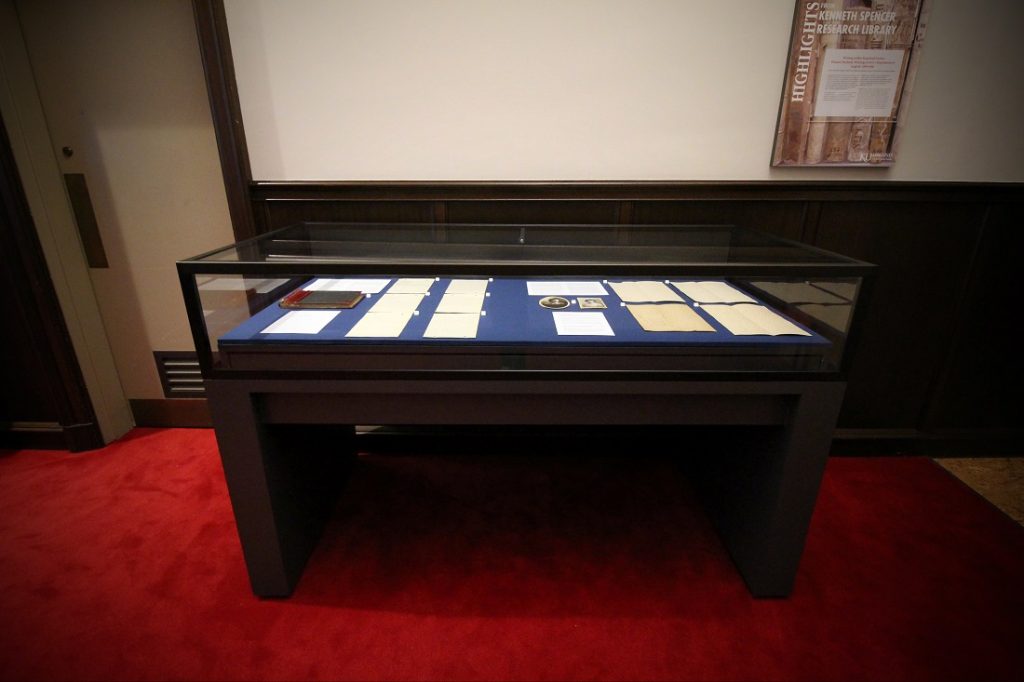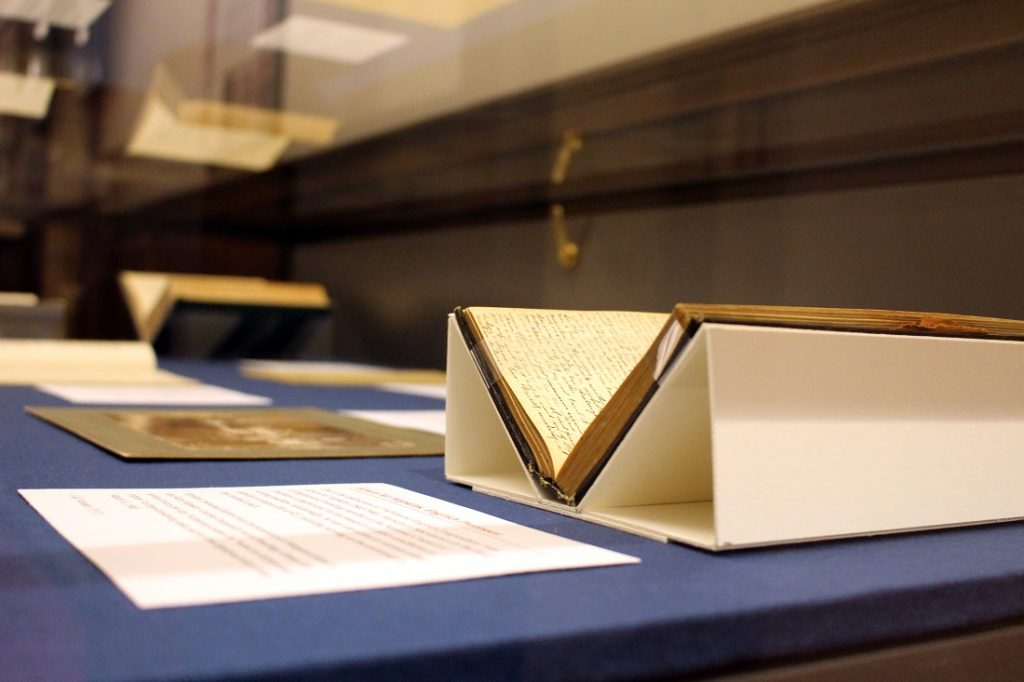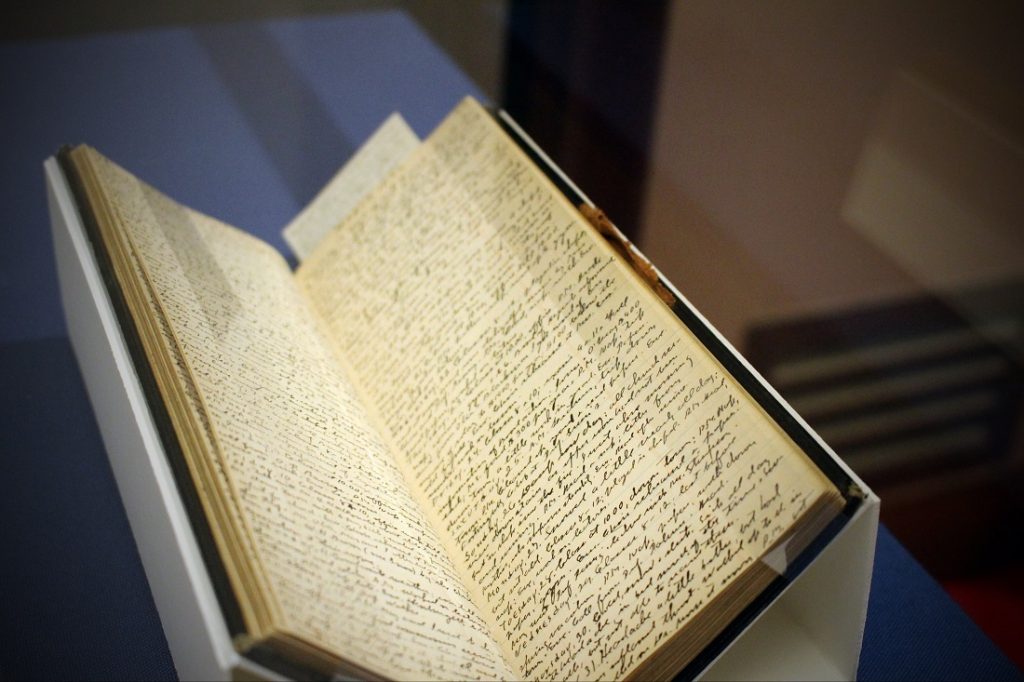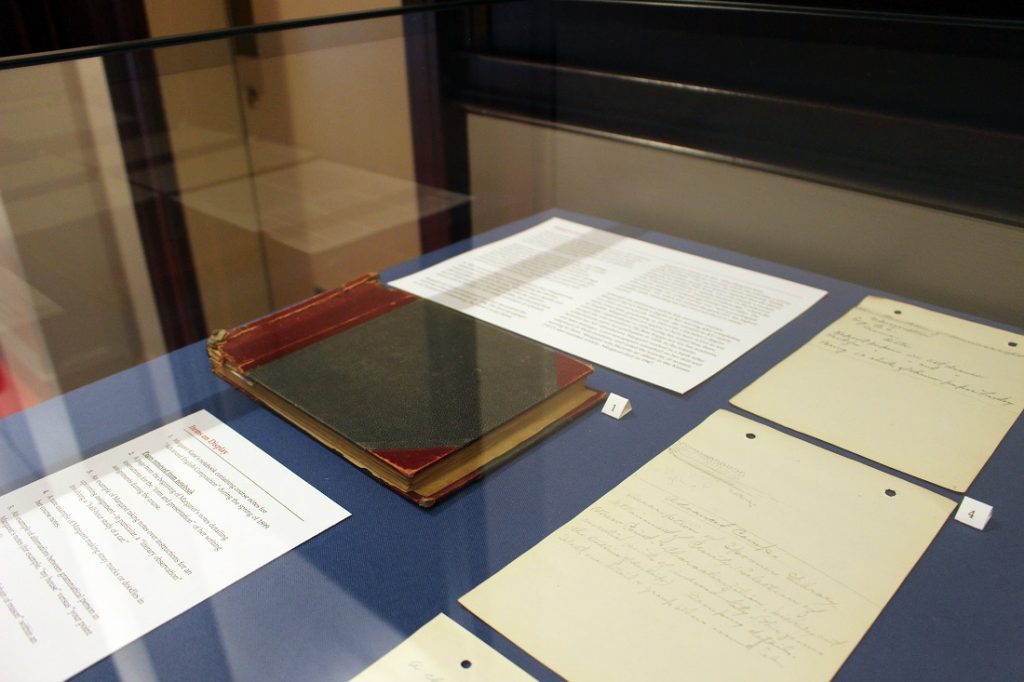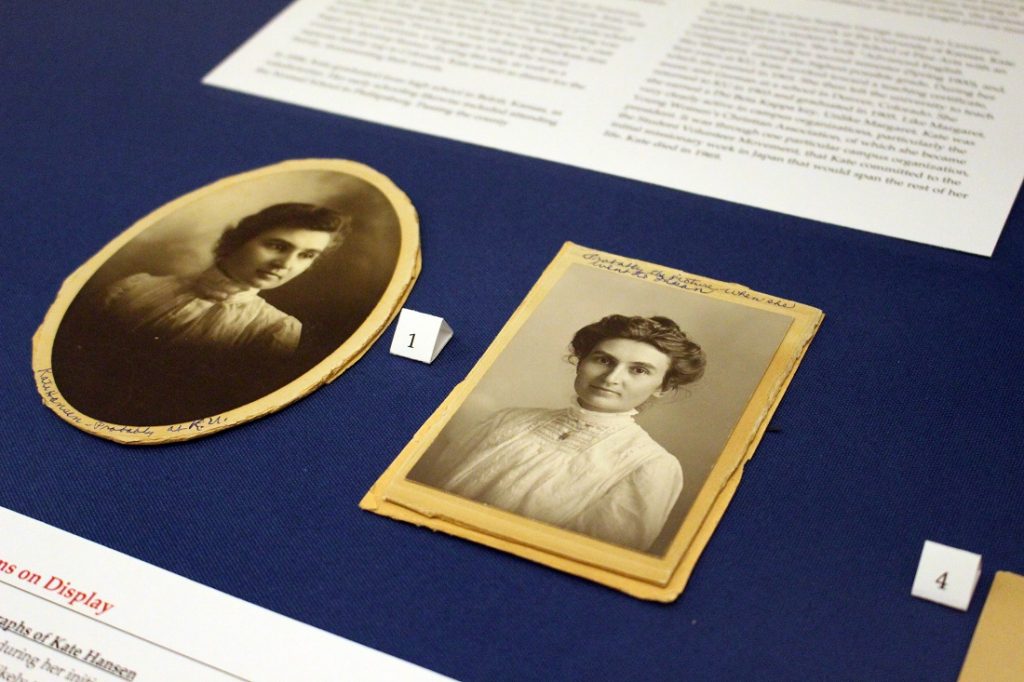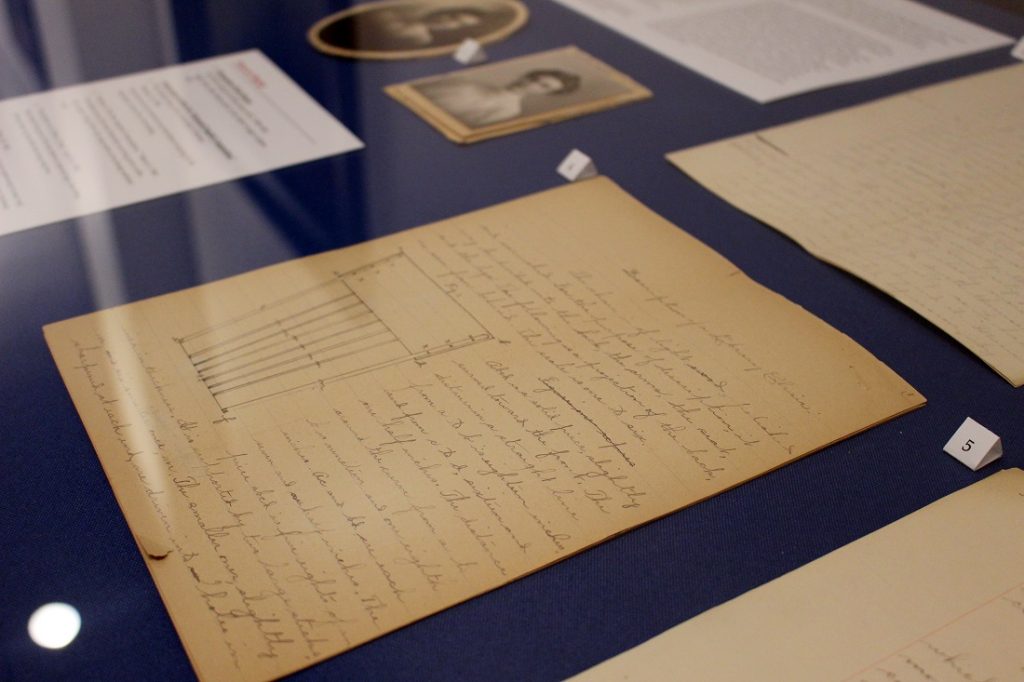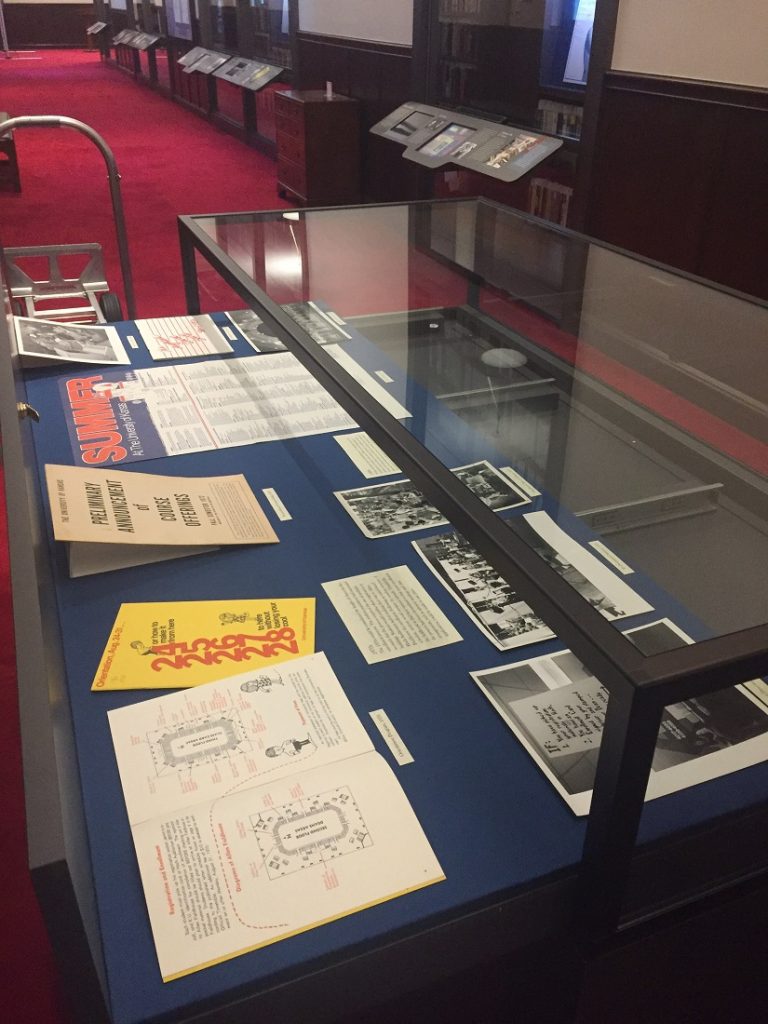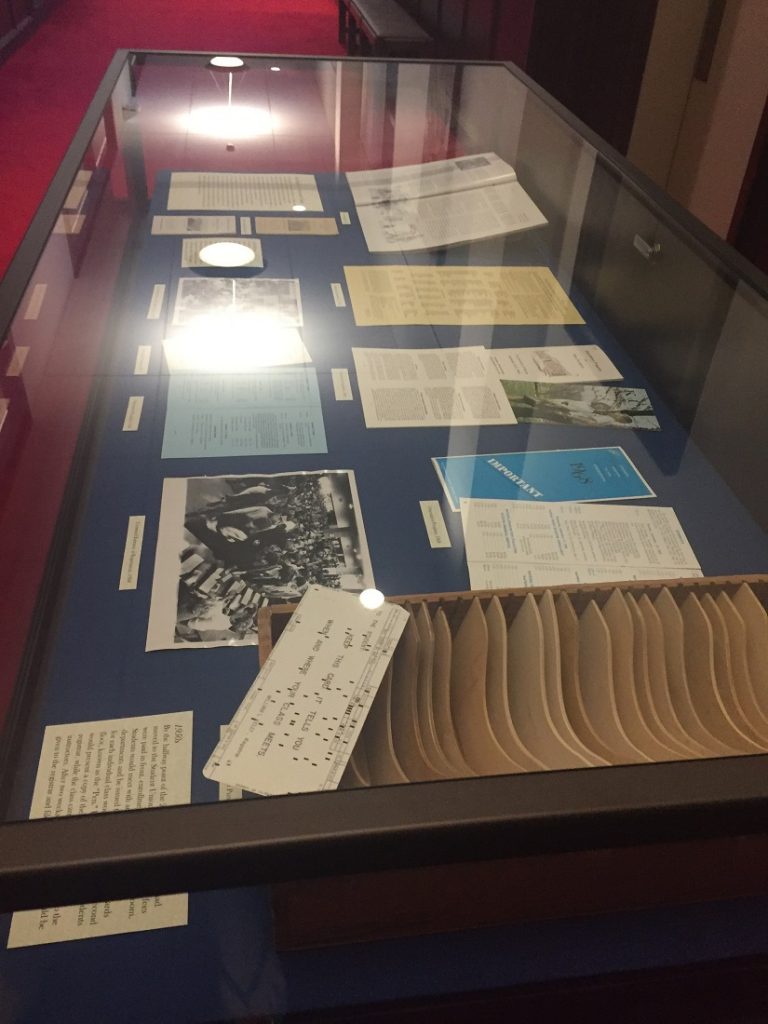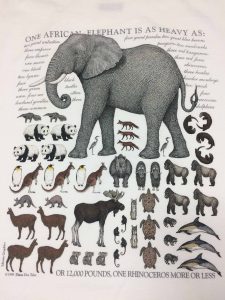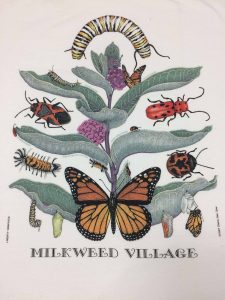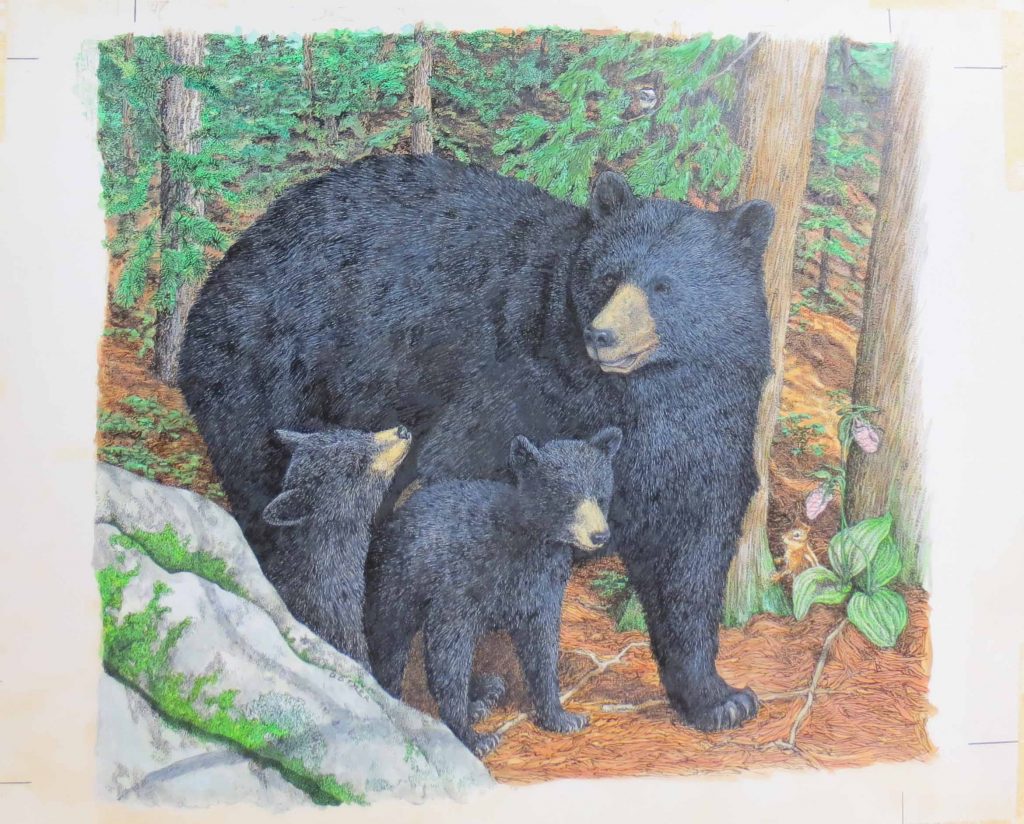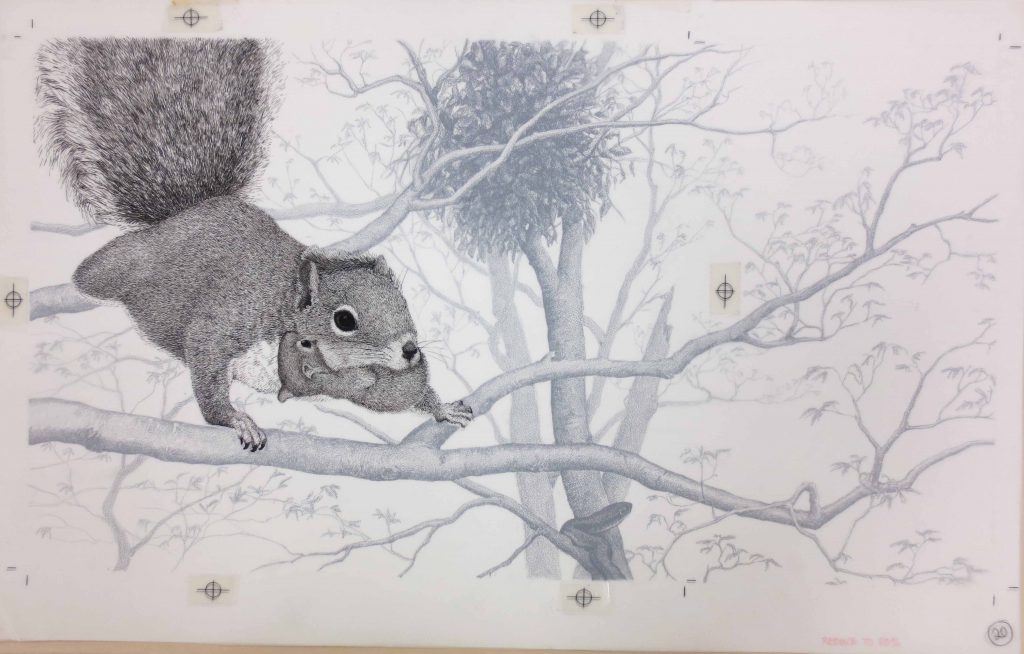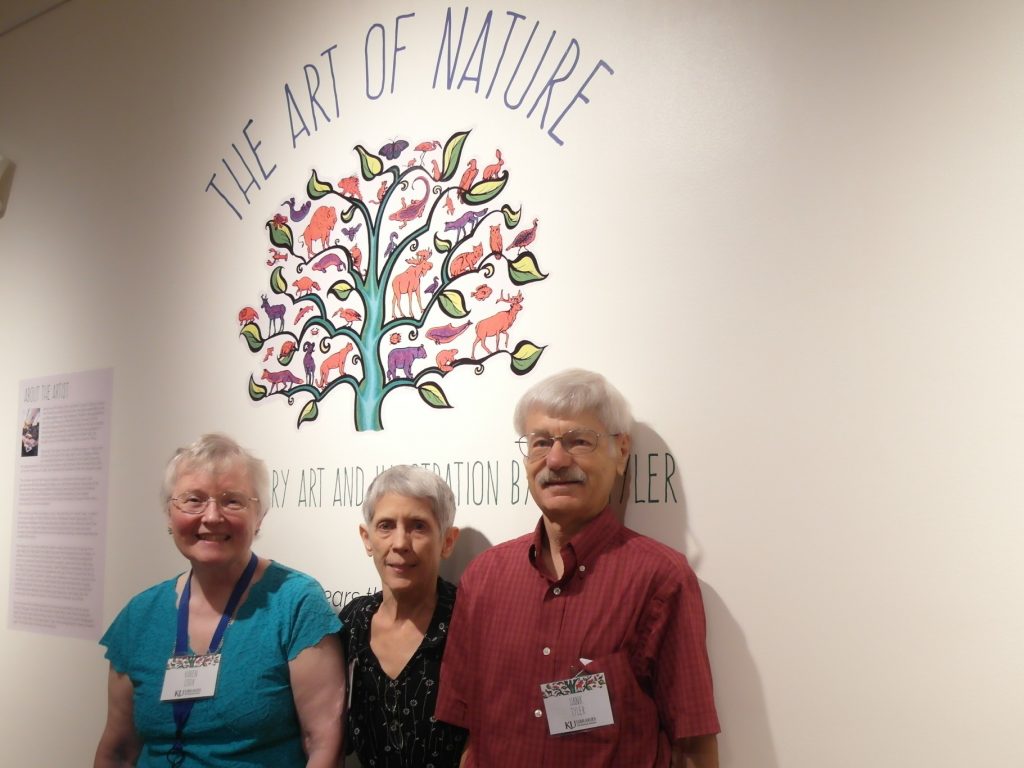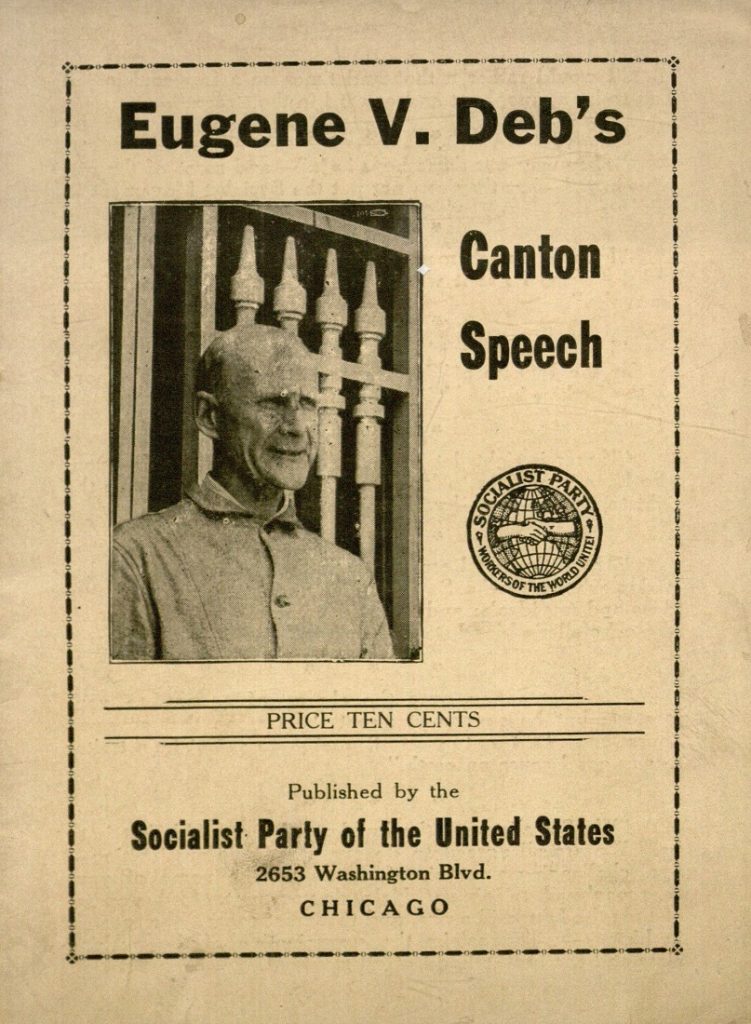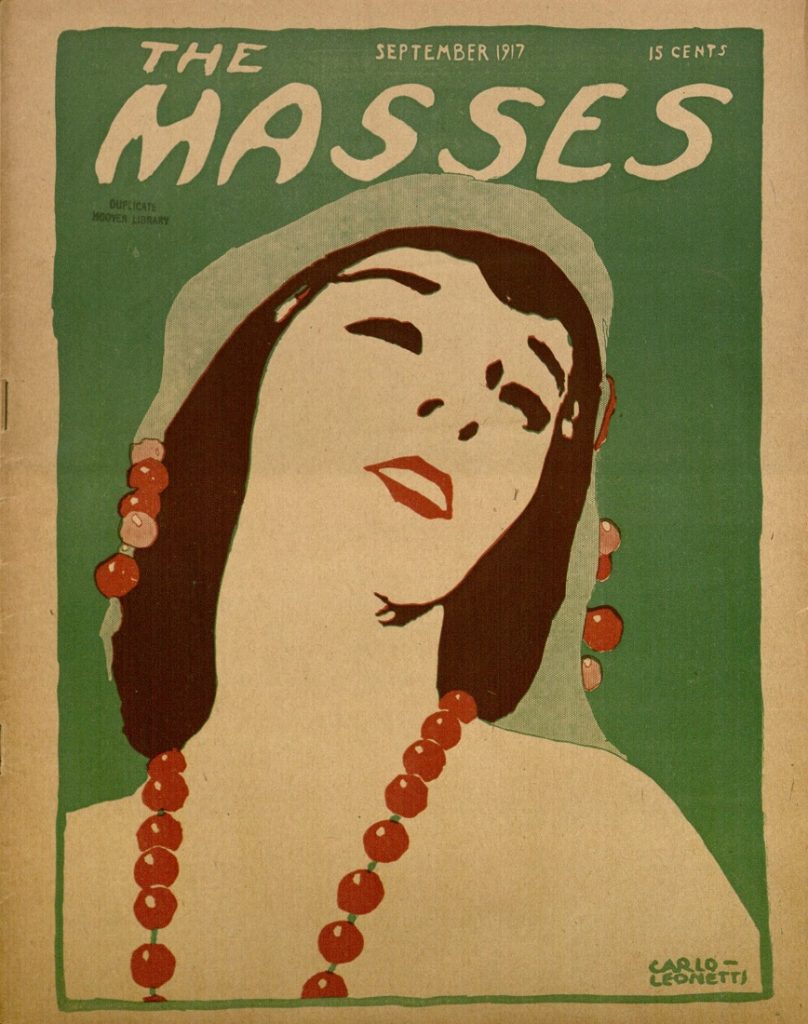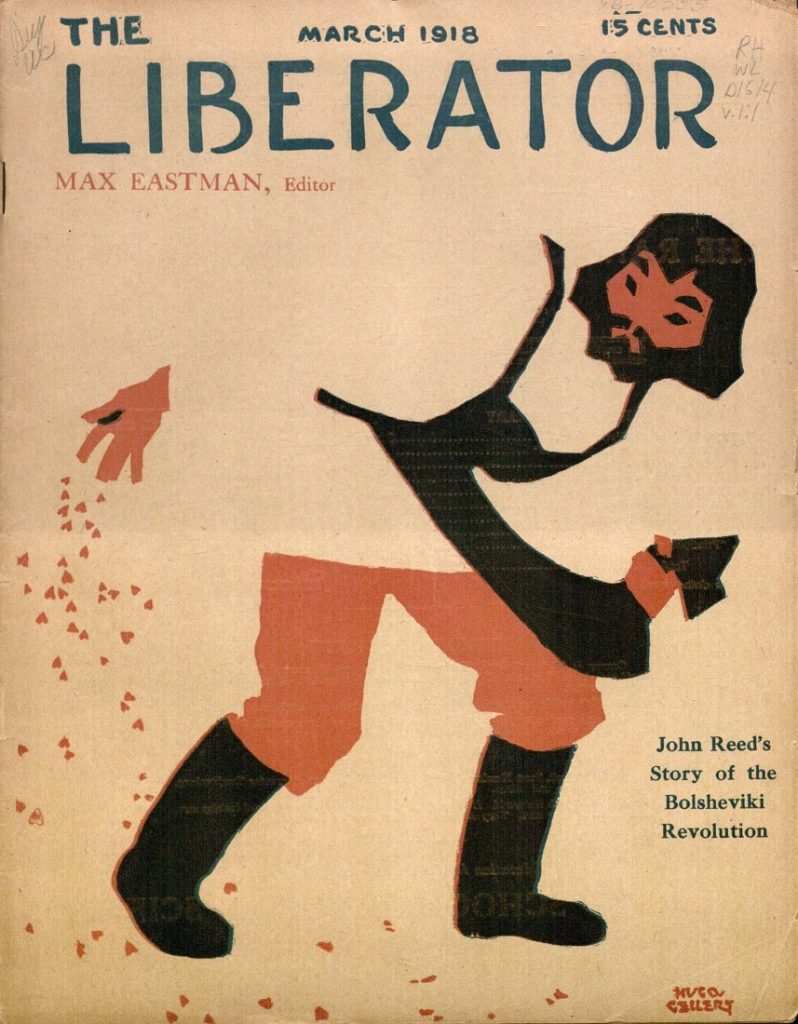December-January Exhibit: Women Students’ Writings in KU’s Department of English, 1899-1900
December 11th, 2018A new temporary exhibit is currently on display at the entrances to the North Gallery at Kenneth Spencer Research Library. This exhibit is titled “Writing within Required Genres: Women Students’ Writings in KU’s Department of English, 1899-1900” and showcases many of the materials that serve as the basis of my dissertation work in the Department of English’s Rhetoric and Composition Ph.D. program.
The temporary exhibit case on the east side of Spencer’s North Gallery.
Click images to enlarge.
Throughout its history, the Department of English at the University of Kansas has experienced many changes in its structure, policies, and approaches to the teaching of writing. In this exhibit, materials from KU’s University Archives at Kenneth Spencer Research Library help narrate a snapshot of time in that history—the turn from the nineteenth to the twentieth century, and a course titled “Advanced English Composition.”
This exhibit provides information about the Department of English, its teachers, and this particular course. Moreover, it showcases the importance of examining the writings of individual students and their unique responses to the writing instruction they received.
Exhibit Case 1 is located at the west entrance to the North Gallery. It contains materials that help contextualize “Advanced English Composition” and the student writings produced for it. Included are course catalogues, photographs, English Department publications, and more.
Exhibit Case 1 seeks to contextualize the writings of students
Margaret Kane and Kate Hansen. Click image to enlarge.
A sample item on display in Exhibit Case 1: a diary of KU English Professor
Edwin M. Hopkins. Call Number: PP 73. Click image to enlarge.
Exhibit Case 2 is located at the east entrance to the North Gallery. It contains the actual writings produced by two women students for “Advanced English Composition”: the 1899 course notes of Margaret Kane (PP 23) and the 1900 course papers of Kate Hansen (PP 19). These texts were required for the successful completion of their courses. They show instances of Margaret and Kate writing within, pushing against, and even occasionally even moving beyond the expectations of these genres. These writings stress the importance of viewing students—those in the past and in the present—as unique individuals, not a homogeneous group.
Exhibit Case 2 highlights information from life of student
Margaret Kane and features her notebook and course notes.
Call Number: PP 23. Click image to enlarge.
Exhibit Case 2 likewise highlights information about the life of student
Kate Hansen, including these two photographs taken during and
shortly after her time at KU. Call Number: PP 19. Click image to enlarge.
Among Kate Hansen’s featured papers is her essay providing a
“Description of a Library Chair.” Call Number: PP 19. Click image to enlarge.
Curating this exhibit has been a joy. It has provided an opportunity to share my research with a more public audience, a feature that dissertations and the academic publications that stem from them too often lack. I’m extremely grateful to the staff at Kenneth Spencer Research Library—particularly those in public services, conservation, and University Archives—for assisting me with this process.
Sarah E. Polo
KU Doctoral Candidate in Rhetoric and Composition
Public Services Student Assistant

